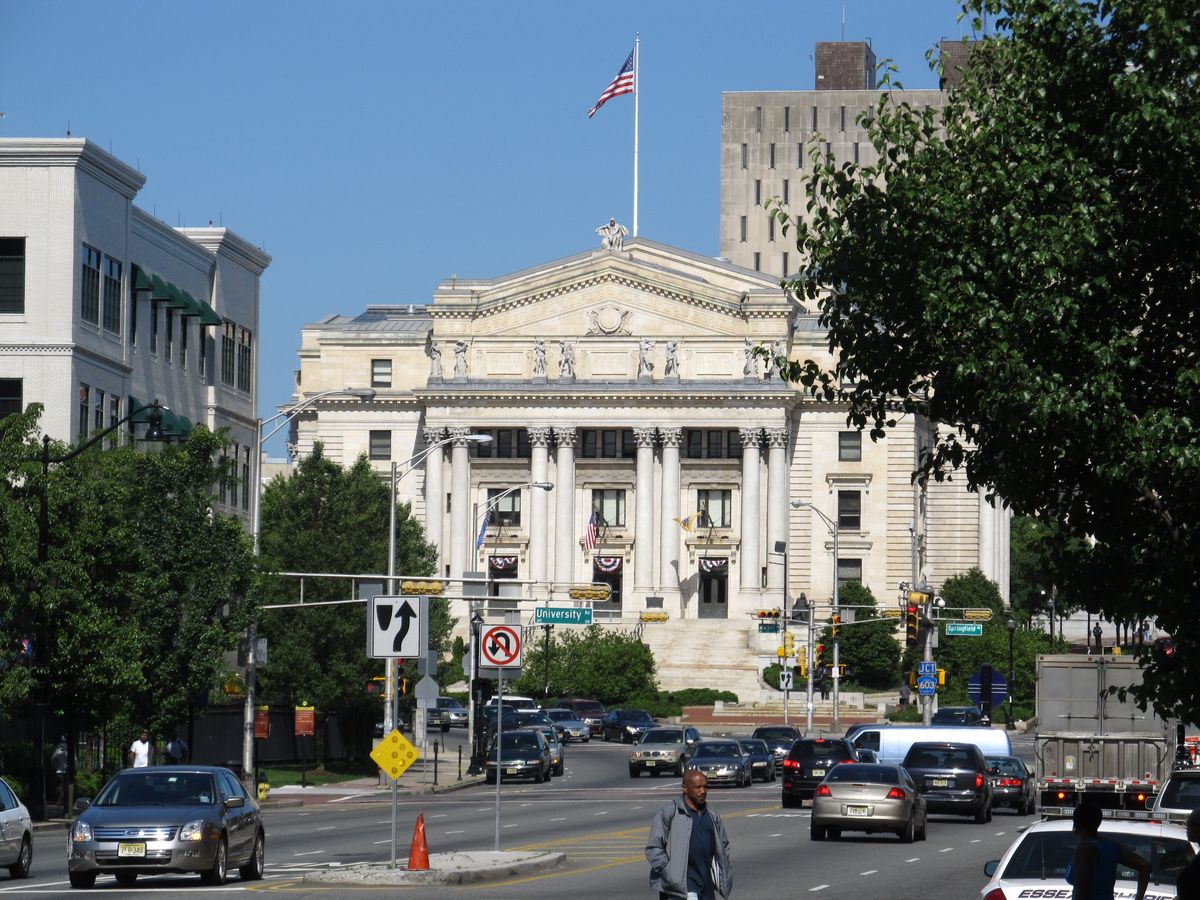In mid-October 2022, the Township of Bloomfield and the City of East Orange, both in Essex County, New Jersey, agreed to pay $76,000 and $114,000, respectively, to an East Orange man who said that police used an unfair photo array method to get witnesses to identify him and then incorrectly reported the the witnesses’ statements to the court in order to establish probable cause for arrest warrants against him. He also alleged that police failed to contact his girlfriend and work supervisors who could have corroborated his alibi.
In his lawsuit, filed on September 13, 2018, Khari Gardner claimed that on September 13, 2016 he voluntarily appeared at the East Orange Police Department at the department’s request. When he arrived, he was arrested for multiple counts of armed robbery, along with weapons and conspiracy charges, according to the lawsuit.
Gardner claimed that he was held in the Essex County jail for nearly two months under a total of $575,000 bail. Yet, on September 22, 2017, the charges against him were dismissed in their entirety on motion of the Essex County Prosecutor, according to Gardner’s suit.
According to Gardner, his arrest was based on “improperly suggestive and unlawfully administered photo arrays” that were shown to three East Orange robbery victims and two victims from Bloomfield. Gardner claimed the his photo, which was included in the array, was taken when he was a “young juvenile” even though he was 27 years old at time of his 2015 arrest. He claimed that of the three East Orange robbery victims, one, who said that she “did not get a good look at” the perpetrator, could not identify him from the array, another initially identified him and “then wavered and became unsure” while the final victim, a juvenile who had come face to face with the armed robber, was not shown the photo array at all.
Later the same afternoon, Bloomfield police, at the request of East Orange police, prepared a new six-person photo array that included Gardner’s photo, according to the lawsuit. The East Orange witness who said earlier that she didn’t get a good look at the robber “positively” identified Gardner as the perpetrator, according to the suit.
Gardner alleged upon “information and belief” that police swore out affidavits of probable cause, in support of an arrest warrant, that falsely stated that all three East Orange robbery victims positively identified him from the photo array. Then, according to Gardner, the two Bloomfield robbery victims were shown the photo array but were first told that one of the East Orange victims had already positively identified Gardner as the perpetrator.
According to Gardner, divulging this information to the Bloomfield victims was “itself is a violation of standard police practice and procedure for the constitution and administration of photo arrays.” One of the Bloomfield victims identified Gardner while the other “was firm in his belief” that someone else was the perpetrator, according to the lawsuit.
Gardner said that he was fully cooperative with police and allowed them to search his cell phone and provided them with the names and contact numbers for two of his supervisors who could corroborate that he was at work in New York when the robberies occurred. He also offered police his girlfriend’s contact information and said that she could also corroborate his whereabouts from after he returned from work through to 11 o’clock the following morning. According to Gardner, police did not contact the girlfriend or supervisors or otherwise investigate his alibi.
The East Orange police officers named in the lawsuit were detectives John Bocchino, Robert Wright, Jermin Spencer, Felix Lantigua, Stephen Ganji, sergeant Ronson Johnson and Police Director Phyllis Bindi. The Bloomfield officers named were detectives Harry Norris and James Romano and Chief Samuel A. DeMaio.
The case is captioned Gardner v. Bocchino, et al, Docket No. ESX-L-6471-18 and Gardner’s attorney was Jeffrey M. Patti of Sparta. The lawsuit and settlements are on-line here.
Bloomfield’s settlement agreement contains a confidentiality clause, which prevents Gardner from disclosing the settlement’s terms to others. Fortunately, however, these confidentiality clauses do not trump the public’s right to obtain copies of settlement agreements that arise out of lawsuits in which a government agency or official is a defendant.
None of Gardner’s allegations have been proven or disproven in court. Rather, they are just that–allegations. Settlement agreements typically state that payment does not constitute an admission of wrongdoing by any of the police officials named in the lawsuit. All that is known for sure is that Bloomfield and East Orange, or their insurers, for whatever reason, decided that they would rather pay Gardner $190,000 than take the matter to trial. Perhaps the defendants’ decision to settle was done to save further legal expense and the costs of trying what were in fact exaggerated or meritless claims. Or, perhaps the claims were true and the defendants wanted to avoid being embarrassed at trial. This is the problem when cases settle before trial–it is impossible to know the truth of what really happened.

